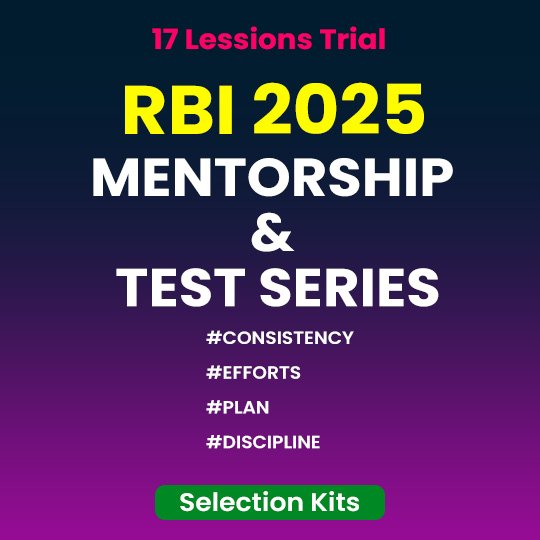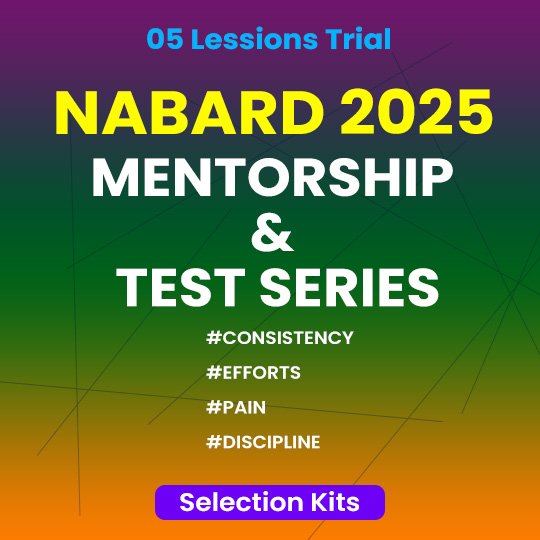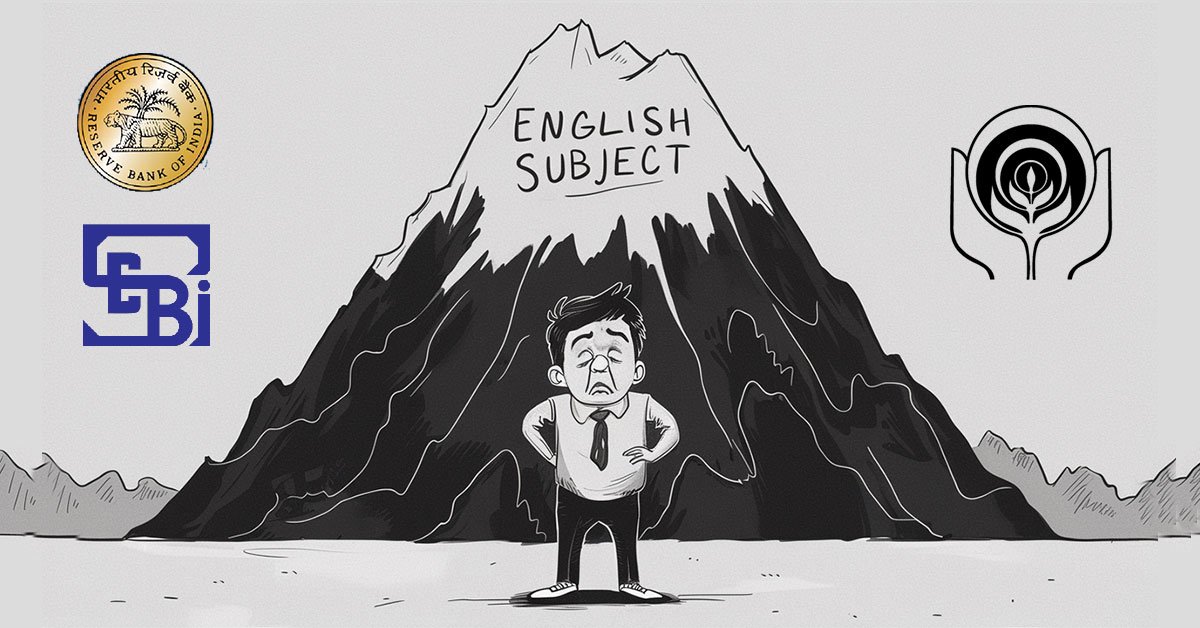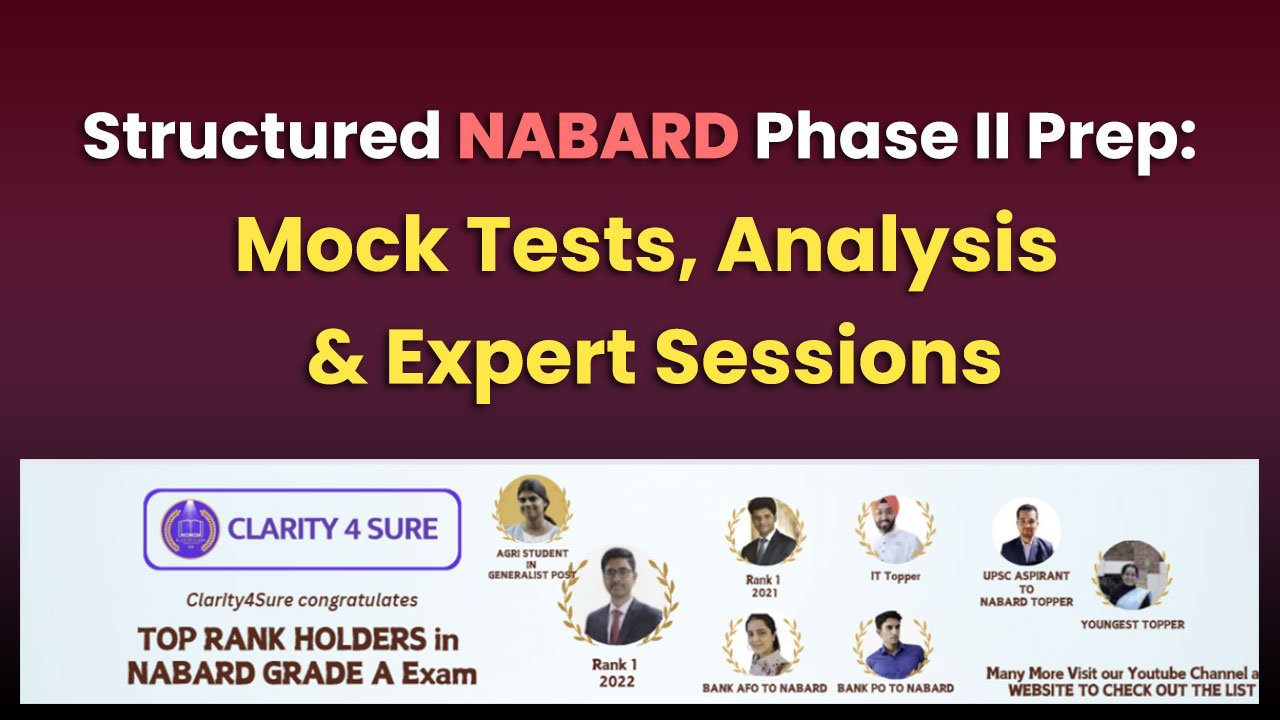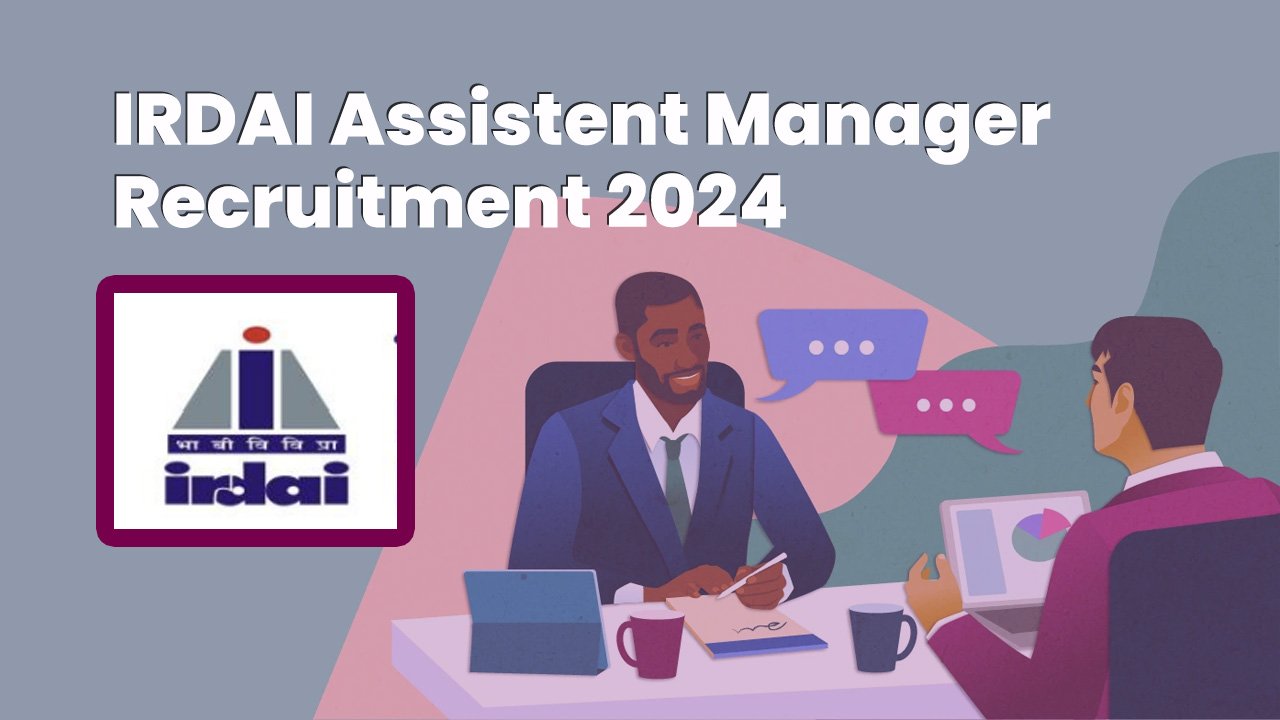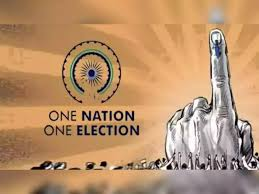
CONTEXT
Parliament panel to hold first meet on one nation one election, on January 8.
BACKGROUND
- With an aim of reducing the frequency of elections and their associated costs, Simultaneous Elections (One Nation One Election) have been introduced i,.e, the idea of holding Lok Sabha and State legislative assembly elections together.
History
- In the years 1951-52, 1957, 1962 and 1967, simultaneous elections in India to the Lok Sabha and State Legislative Assemblies.
- Thereafter, the schedule could not be maintained and the elections to the Lok Sabha and the State legislative assembly have still not been realigned.
- The issue of simultaneous elections was highlighted by Prime Minister Modi in 2014, and a committee headed by former president Ram Nath Kovind also looked into the issue.
Suggestions of the Ram Nath Kovind Panel
- Opting Step wise Process:
- According to the panel, simultaneous polls to Lok Sabha and state assembly elections can be held in the 1st step, followed by local body (municipal and panchayat) polls within 100 days in the second step.
- In case of hung House, No-confidence motion, fresh elections could be held only for the remaining term of the immediately preceding full term of the House.
- Constitution Amendments Needed:
- The panel has recommended amendments to Article 83 (duration of Houses of Parliament) and Article 172 (duration of State legislatures) of the Constitution. This constitutional amendment will not need ratification by the States.
- Ratification of states:
- The panel also recommended amendments to Constitution which requires ratification by the States;
1. Article 324A of the Constitution to allow simultaneous elections in panchayats and municipalities;
2. Article 325 to allow the Election Commission of India (ECI), in consultation with State election authorities, to prepare a common electoral roll and voter ID cards.
- The panel also recommended amendments to Constitution which requires ratification by the States;
Advantages of One Nation One Election
- Empowering Governance and Reducing Policy Paralysis
- Frequent elections force governments into perpetual campaign mode, delaying long-term decision-making.
- During the recent elections, over 24 key development projects were stalled in Ghaziabad, Uttar Pradesh due to Model Code of Conduct restrictions.
- One Nation One Election would limit the MCC’s imposition to once every five years, ensuring uninterrupted governance.
- Additionally, policymaking becomes more efficient as governments focus on development rather than short-term electoral gains.
- Frequent elections force governments into perpetual campaign mode, delaying long-term decision-making.
- Increase Voter Engagement and Turnout–
- Simultaneous elections can drastically cut down the enormous financial burden on the government and political parties.
- For instance, the 2019 Lok Sabha election went as a watershed election as the election expenditure escalated to ₹55,000 crore from ₹9,000 crore in 1998
- It is estimated that diminishing the frequency of elections could result in savings ranging from Rs 7,500 crore to Rs 12,000 crore.
- This money could instead be allocated to infrastructure, healthcare, and education.
- Simultaneous elections can drastically cut down the enormous financial burden on the government and political parties.
- Enhanced Voter Engagement and Turnout–
- Repeated elections lead to voter fatigue, with participation often dropping in by-polls and local elections.
- The 2024 Lok Sabha elections witnessed a voter turnout of 65.79%. This highlights a moderate level of electoral participation across the country.
- By consolidating elections, ONOE can re-energize the democratic process, ensuring voters engage in fewer but more impactful electoral events, potentially boosting overall turnout by 5–10%.
- Repeated elections lead to voter fatigue, with participation often dropping in by-polls and local elections.
- Curtailment of Electoral Malpractices–
- The frequency of elections creates multiple opportunities for vote-buying, misuse of state resources, and deployment of money power.
- For example, in the 2024 state assembly elections in Maharashtra and Jharkhand, as well as various bye-polls, enforcement agencies seized over ₹1,000 crore worth of cash, liquor, drugs, and freebies.
- ONOE can significantly reduce such practices by restricting election timelines, making oversight by the Election Commission more focused and effective.
- The frequency of elections creates multiple opportunities for vote-buying, misuse of state resources, and deployment of money power.
- Optimized Utilization of Security Forces–
- Elections require heavy deployment of security forces, straining their primary duties.
- For instance, the Election Commission sought 3.4 lakh CAPFs personnel for deployment in a phased manner during the 2024 Lok Sabha election and Assembly polls in Andhra Pradesh, Arunachal Pradesh, Odisha, and Sikkim, leaving gaps in border and internal security management.
- ONOE would consolidate these deployments into a single cycle, ensuring better utilization of resources and enhanced national security preparedness.
- Elections require heavy deployment of security forces, straining their primary duties.
- Minimizing Disruptions to Economic Activity–
- Frequent elections disrupt local economies through extended bans on business activities, such as transport restrictions, liquor sales, and labor diversions.
- For instance, the Karnataka government faced a ₹150 crore revenue loss due to the liquor ban imposed during the 2023 state elections.
- By aligning electoral schedules, ONOE can ensure uninterrupted economic activity.
- Frequent elections disrupt local economies through extended bans on business activities, such as transport restrictions, liquor sales, and labor diversions.
Disadvantages of One Nation One Election
- Constitutional Hurdles:
- Constitution of India allows for separate elections for both general elections to the Lok Sabha and the Assemblies.
- The idea of implementing the simultaneous election can be done only if major changes can be made in the constitution, and as all know political controversies and legal disputes will always led in adverse reaction.
- Diverse Political Contexts:
- The level of politics, social and economic problems, and developmental needs in various states in India are not clearly the same.
- Election timing might not be enough to the group’s sentiments and this will down the purpose of democracy.
- Voter Education and Awareness:
- This implied that in the event that a government would need to embark on a transition to One Nation, One Election model, a serious voter educational programme would be very critical.
- The general population needs to develop a better comprehension of the new electoral system, as well as its effects on decentralised government and representation.
- Impact on Local Issues:
- Holding elections together will deepen the reinforcement of local issues by national issues, which is likely to result in a standardization of political discussions at the national level.
- This could shift voters who are particularly concern with state issues.
Key Challenges Associated with One Nation One Election
- Constitutional and Legal Complexities–
- Implementing ONOE requires amendments to several constitutional provisions, such as Articles 83, 85, 172, and 356, which govern the tenure and dissolution of legislatures.
- Potential Threat to Federalism–
- Critics argue that ONOE may dilute the autonomy of states, as local issues could be overshadowed by national campaigns and agendas.
- Logistical and Operational Challenges–
- Conducting simultaneous elections for the Lok Sabha and all state assemblies would require massive administrative and logistical planning.
- Disruption of Democratic Accountability–
- Frequent elections act as a continuous accountability mechanism, allowing voters to assess governments regularly.
- Political Resistance and Lack of Consensus–
- The idea of ONOE faces resistance from various political parties, particularly regional ones, who fear losing relevance in a synchronized system.
- Disruption Due to Premature Dissolutions–
- If a government collapses prematurely in a state or at the center, the entire synchronized election cycle would be disrupted.
Conclusion
The High-Level Committee on Simultaneous Elections, led by former President Ram Nath
Kovind, has laid the groundwork for a transformative shift in India’s electoral process. By
aligning the election cycles of the Lok Sabha and State Legislative Assemblies, the committee’s
recommendations promise to address long-standing challenges associated with frequent
elections, such as governance disruptions and resource wastage. The proposed phased approach
to implementing simultaneous elections, along with constitutional amendments, could pave the
way for a more efficient and stable electoral environment in India. With widespread public and
political support, the concept of simultaneous elections stands poised to streamline India’s
democratic processes and bolster the efficiency of governance.



